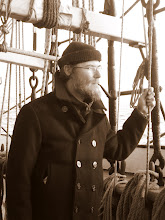Found this interesting article on Airships past and future.
This is the first use of the term "steampunking" as a style that I've seen too.
What does that mean? It sounds like a fusion of time periods that are neoclassical, with romantic
ideals and attitudes. Basically, it is. The term attempts to describe
an integration of past eras and ideals that appear lush, abundant and
cluttered.
Check it out.
Keep your sightglass full, your firebox trimmed and your water iced.
KJ
The Incredible Past and Future of the Airship
From
Environmental Graffiti
“Steampunking”. What does that mean? It sounds like a fusion of time periods that are neoclassical, with romantic
ideals and attitudes. Basically, it is. The term attempts to describe
an integration of past eras and ideals that appear lush, abundant and
cluttered. Moving forward to the present, society has sought new ideals
opposing these elevated tastes such as artistic, new technology (NT) inspired, ordered and continuous. These ideals describe the dirigible.
 Photo: Mike Young
In the Beginning
Photo: Mike Young
In the Beginning
Thomas Scott Baldwin's sketches and demonstration of a non-rigid dirigible or "
airship"
intrigued the Aeronautical Division of the U.S. Army in 1907 - enough
that they purchased one in 1908. Instead of an airplane, the non-rigid
airship became the first powered aircraft requested by the Division.
New Technology or “NT” can be infinite. In the case of the dirigible,
it is possible “NT” is even beyond infinity. The term dirigible means
directional control, and without this control, drift would be the only
thing these huge cylindrical masses could conquer. The original
constructions, mainly balloons, molded into
elliptical
shapes, kept afloat by huge steam engines, and moving along with the
help of rudders have been re-imagined, re-defined and re-designed. Still
basically cigar-shaped, their future appearance is almost as important
as their maneuverability, cost efficiency, landing requirements, and
stability in bad weather.
 Photo: Unknown
Photo: Unknown
Yet, the history overlying these rigid dirigibles is long and visionary. So let’s adapt that history to steampunking:
The Grassroots: the 1700s to the 1800s
We will start with an elliptical balloon made of a two-layered sack
about 260 ft (79 m) long with a volume of 60,000 cubic ft (1,700 cubic
m), as projected by General Jean Baptiste Marie Meusnier in 1784,
probably the first non-rigid airship.
The base of the balloon is made from a reinforced material with
triangulated cables extending from the material to hold a car designed
to float if a water landing is necessary. Frenchman Pierre Jullien of
Villejuif proposed this schema. A need for propulsion and a way to lift
the airship off of the ground is required.
So we use a lifting gas, i.e. steam, from a heavy steam engine, that
will help the balloon keep its elliptical shape by supplying an internal
pressure. Rudders are added to help move the airship through the sky.
Yet maneuverability is still a problem.
A French engineer and inventor, Henri Giffard, intrigued by Frenchman
Pierre Jullien of Villejuif, built a full-size dirigible. The airship
did have a little more maneuverability, but only in tranquil weather.
With heavier winds, the dirigible only flew in circles, slowly. So now
Giffard changed the shape of the balloon to a cigar-shaped mass.
Its frame remains non-rigid and the volume is 113,000 cubic feet
(3,200 cubic m) and is 143 feet (44 m) long. Steam from a 3-horsepower
(2.2-kilowatt)-steam engine is being used to drive the propeller, with a
perpendicular positioned undeveloped rudder. The steam engine is still
heavy, approximately 250 pounds (113 kg). A 100-pound (45.4 kg) boiler
is also present along with the coke needed to fire it.
 Photo: Unknown
Photo: Unknown
Light breezes are still playing havoc with maneuverability and
propulsion (speed in calm air is only 3 miles per hour). A lighter
weight engine to conquer wind shear and prevent instability leading to
deformation of the cylindrical balloon has not been invented yet. A
solution may be in the works at the end of the 19th century.
Continued here...










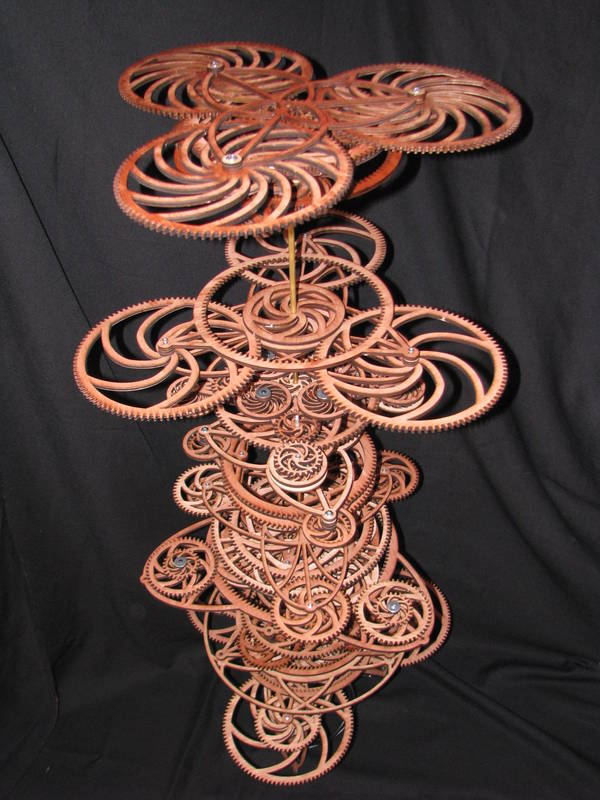






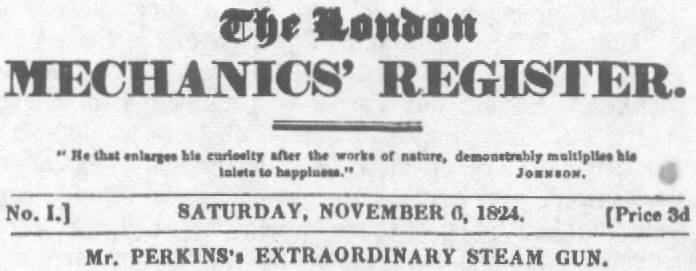



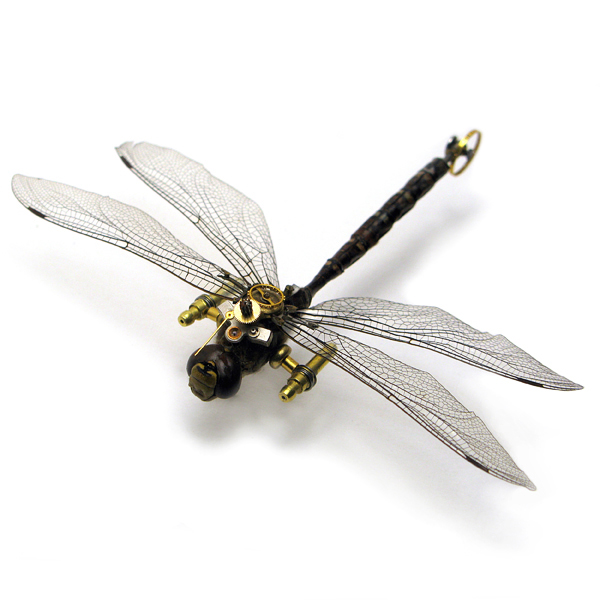
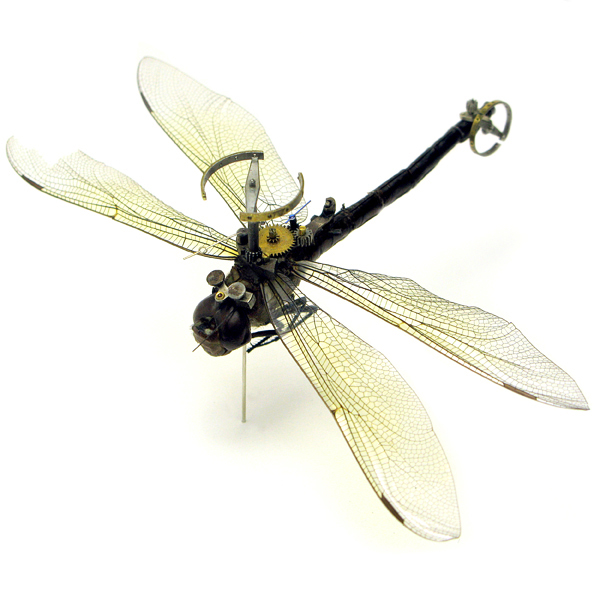




 Bill Watson's parents' house, where it stayed for about 14 years.
Bill Watson's parents' house, where it stayed for about 14 years. 


